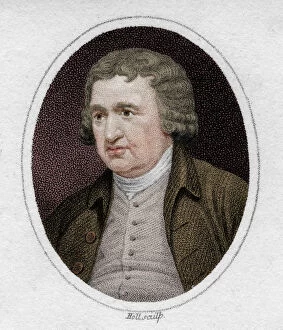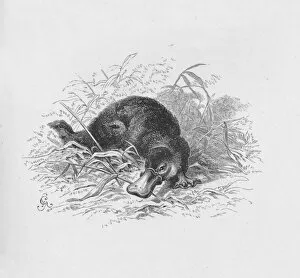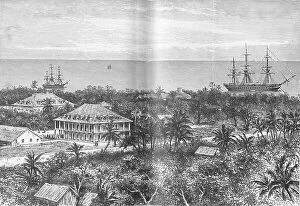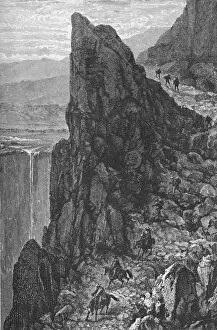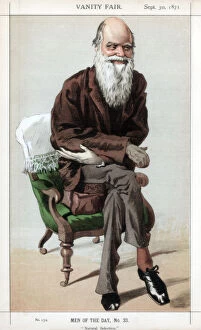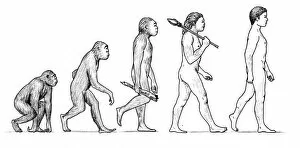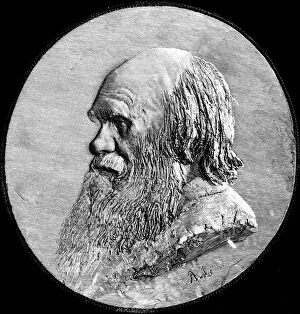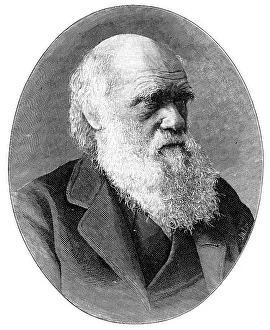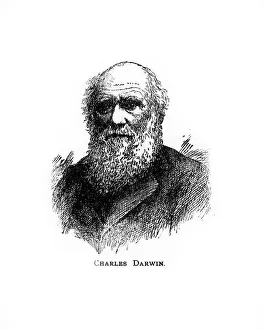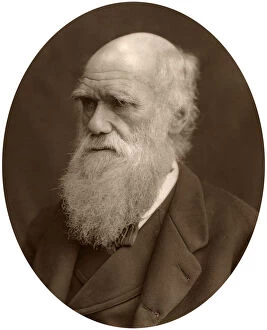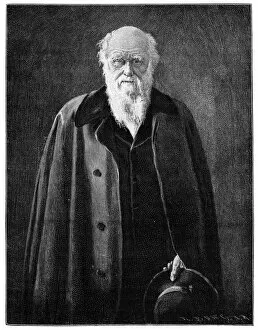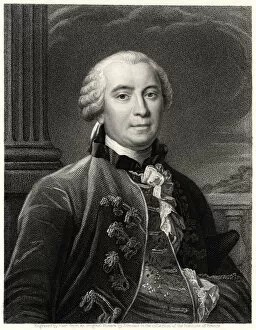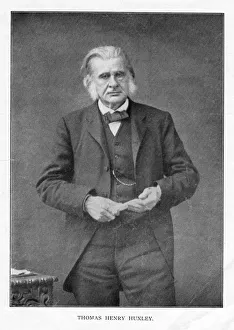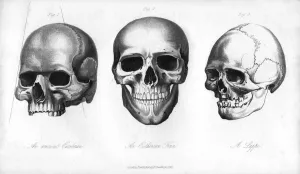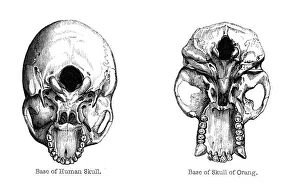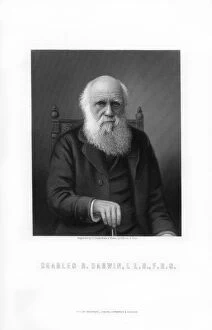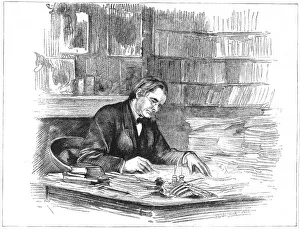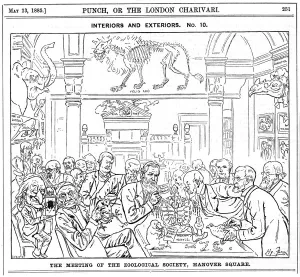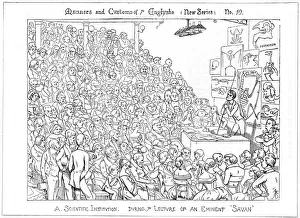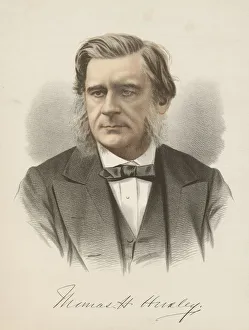Charles Darwin Collection (page 5)
"Charles Darwin: Unraveling the Mysteries of Nature's Evolutionary Tapestry" Embarking on the HMS Beagle, Charles Darwin set sail to explore uncharted territories
All Professionally Made to Order for Quick Shipping
"Charles Darwin: Unraveling the Mysteries of Nature's Evolutionary Tapestry" Embarking on the HMS Beagle, Charles Darwin set sail to explore uncharted territories, armed with curiosity and a thirst for knowledge. The Galapagos Admiralty map by Fitzroy Beagle became his compass in this transformative journey that would forever change our understanding of life on Earth. In Richmond, amidst the quietude of his study at Down House, Charles Darwin delved into countless observations and meticulous research. His groundbreaking work culminated in the publication of "On the Origin of Species" in 1859 - a seminal moment that revolutionized biology and challenged conventional beliefs. Darwin's voyage through South America was not merely an adventure; it was a profound exploration into nature's intricate web. Every step he took left an indelible mark on his soul as he meticulously documented each discovery along with Map Darwins Beagle Voyage South America. As a British naturalist, Charles Darwin dedicated himself to unraveling nature's secrets. His relentless pursuit led him to develop revolutionary theories about evolution and natural selection - concepts that continue to shape scientific discourse even today. The first edition of "Origin of Species, " published in 1859, stands as a testament to Darwin's intellectual prowess and unwavering commitment to science. Its pages hold insights that have stood the test of time, inspiring generations after generations. Beyond academia, Charles Darwin found solace within his family circle. Emma Darwin stood beside him as an unwavering pillar of support throughout their shared journey - her presence captured beautifully in Richmond - Emma Darwin J980021. Darwin's compass guided him not only across vast oceans but also through uncharted intellectual territories. It symbolizes his unwavering determination to navigate through complexities while seeking answers hidden within nature itself – Darwins Compass J970126. Today we honor Charles Darwin for his unparalleled contributions towards unlocking nature’s mysteries.


